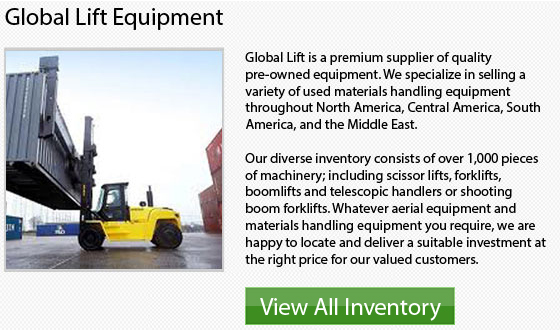
Each year within Oakland, there are a few hundred forklift accidents that are reported. Although operator training is certainly the most important component of preventing workplace accidents, it is not sufficient to reduce the number of incidences. Obviously, the right approach to avoiding forklift accidents is having the company and organization involved, in addition to combining the efforts of each and every individual in the facility.
Toyota has applied the System of Active Stability or SAS, which is technology derived from the automotive technology. The SAS can electrically monitor and control lift truck operations. This particular system is really essential for helping reduce the possibility of accidents from happening. Whenever the SAS system detects any kind of instability, its advanced sensors signal simultaneously and engage the correct controller. The Active Control Rear Stabilizer and the Active Mast Function Controller help to avoid injuries or accidents happening by adding stability.
The patented technology provided by Toyota's SAS system is in place to sense many factors that lead to possible lateral instability. If and when those conditions are detected, the SAS immediately locks a hydraulic cylinder on the rear steer axle. If this specific situation happens, the forklift's stability footprint changes from triangular in shape to a rectangular shape, resulting in more stability. The outcome is an immediate stability and greatly lessens the likelihood of a lateral overturn from happening.
When the machine senses instability occurring, the SAS engages instantly. After that, the Swing Lock Cylinder is engaged and the rear axle becomes stabilized. This creates the lateral stability the machine needs to help decrease the chance of lateral tip-overs from occurring.
The active mast function operates like the active rear stabilizer control. The active mast function controller system uses the same patented technology to detect many things which result in possible longitudinal instability. Whenever the SAS controller detects possible longitudinal instability from occurring, 2 systems become engaged to help decrease the chances of forward and rearward tip-over situations from occurring: the forward tilt angle control and the rear tilt speed control.
The machines forward tilt angle control could sense the mast height and load weight, the would override the operator's manual control automatically. It would also limit the forward tilt that would reduce the chances of spilling or forward tipping. These safety mechanisms are in place to help the operator be safe.
Utilizing the same load sensors and mast height sensors, the rear tilt speed control is designed to govern the mast's reverse tilt speed to half. This really decreases the chances of spilling unsecured loads or having the lift truck tilt backwards.